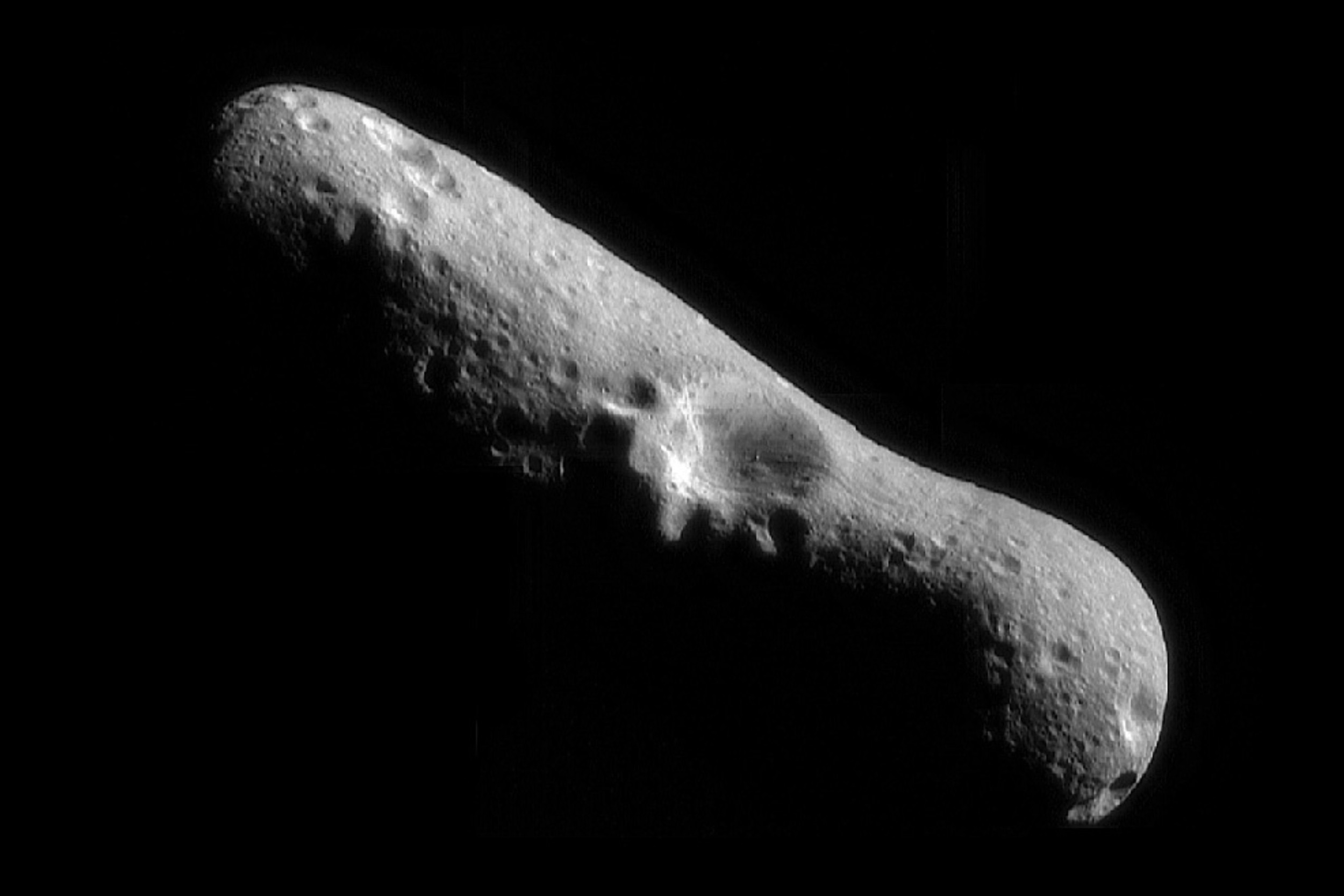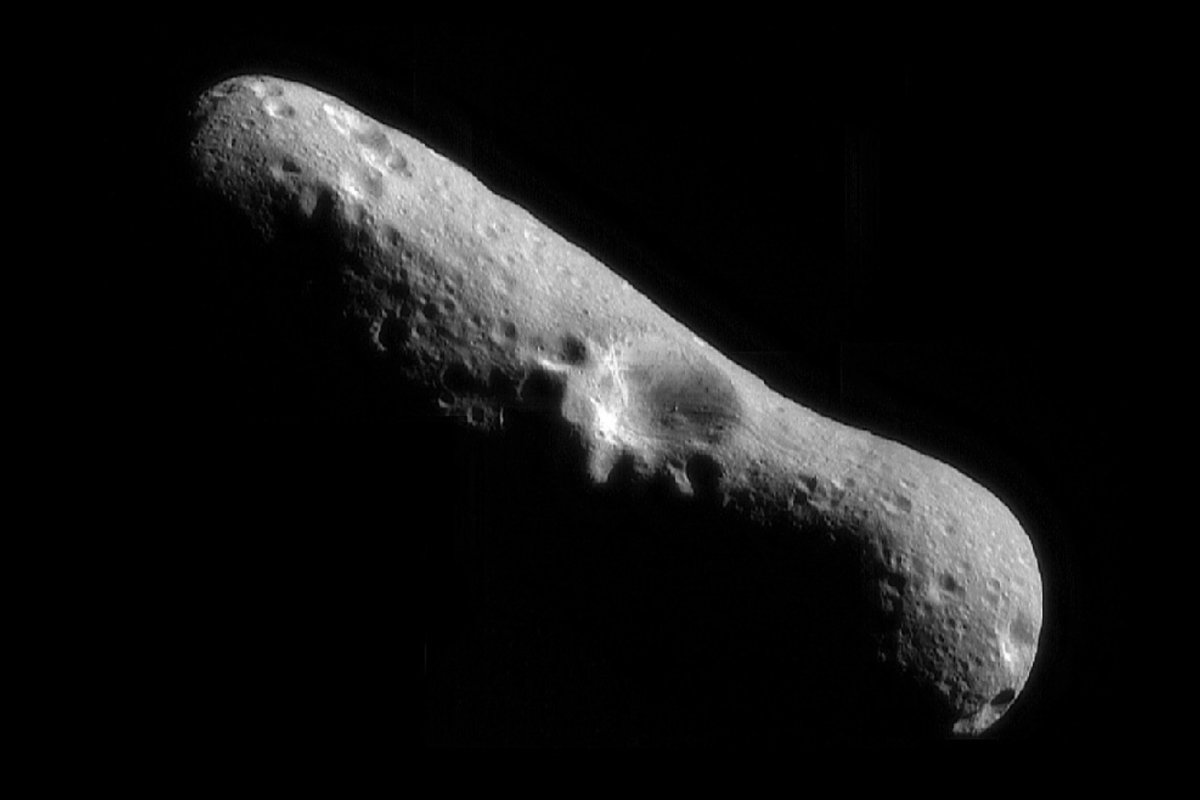
Two plane-sized asteroids will rocket past Earth today at speeds of up to 28,000 mph, according to Nasa’s Jet Propulsion Laboratory.
The two asteroids, 2025 QB5 and 2025 QK3, will pass within 2.81 million miles of Earth on August 26, along with a smaller house-sized asteroid, 2025 QB3.
They will be followed by two further plane-sized asteroids, 2025 QC1 and 2025 PM2, on August 27.
Why It Matters
Around once a year, an asteroid the size of a car will hit Earth’s atmosphere and then burn up before reaching the surface. Larger space rocks are less frequent. NASA estimates that approximately every 2,000-years, a football field-sized meteoroid will strike the Earth and cause significant damage.

NASA/Newsmakers
What To Know
According to close approach data from NASA, 2025 QB5 will be within 2.79 million miles of Earth on August 26 traveling at 10,668 mph. Its approximate size is 80 feet.
The larger 2025 QK3 measures around 120 feet. It will pass Earth on August 26 at 28,457 mph at a distance of up to 2.81 million miles.
The smallest of the trio, 65ft-wide 2025 QB3, is due to pass within 4.5 million miles at 15,739 mph.
On August 27, 2025 QC1, which measures at 66 feet across, will pass 1 million miles from Earth and 190-feet-wide 2025 PM2, will be around 2.31 million miles from Earth.
An object large enough to threaten Earth’s civilization comes along every few million years. The space agency estimates anything larger than one to two kilometers could have a worldwide impact.
NASA defines an object larger than about 150 meters that can approach the Earth within 4.6 million miles as a potentially hazardous object. The average distance between Earth and the moon is about 239,000 miles.
The largest known potentially hazardous asteroid, at 5.4 kilometers in diameter, is Toutatis. On December 12, 2014, the huge space rock passed 4.3 million miles from Earth. The next time it will pass that close will be November 2069, when it will travel 1.8 million miles from Earth. NASA says analysis indicates there is zero possibility of an impact over the next four centuries.
What People Are Saying
NASA’s website states: “Asteroids, sometimes called minor planets, are rocky, airless remnants left over from the early formation of our solar system about 4.6 billion years ago.
“Most asteroids can be found orbiting the sun between Mars and Jupiter within the main asteroid belt. Asteroids range in size from Vesta—the largest at about 329 miles (530 kilometers) in diameter—to bodies that are less than 33 feet (10 meters) across. The total mass of all the asteroids combined is less than that of Earth’s Moon.”
What Happens Next
The Planetary Defense Coordination Office (PDCO) manages NASA’s ongoing mission of finding, tracking, and better understanding asteroids.




